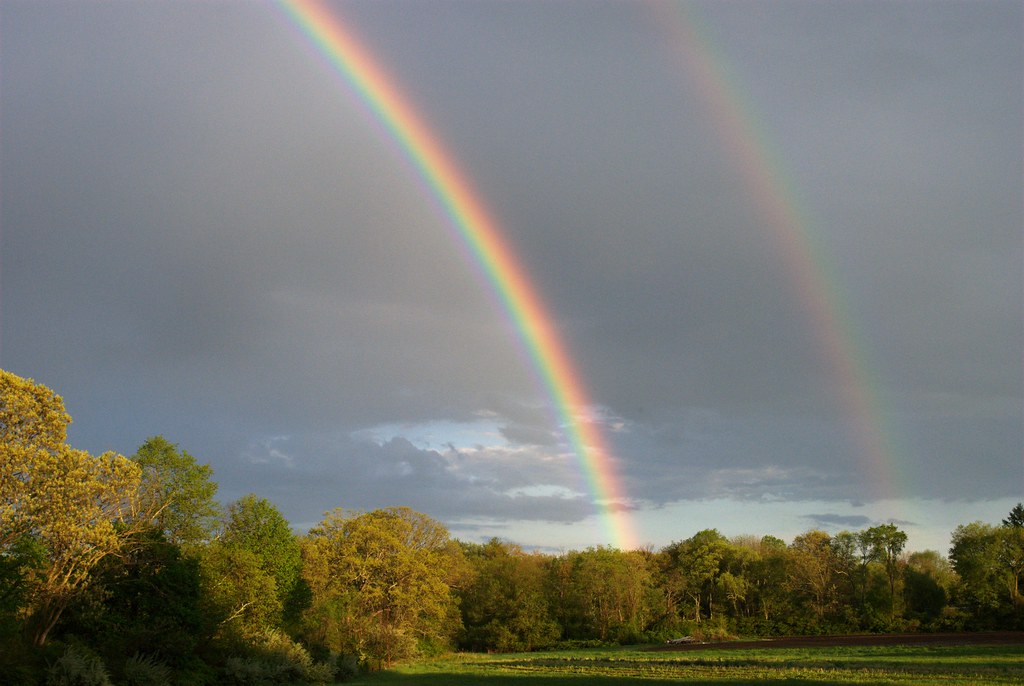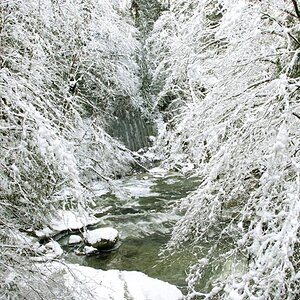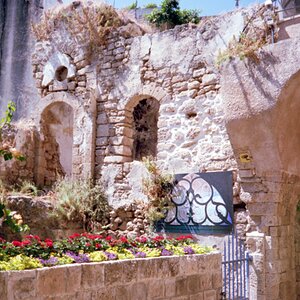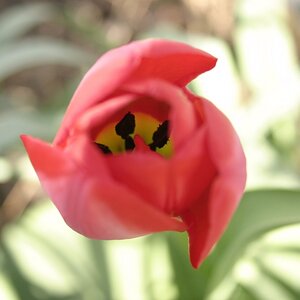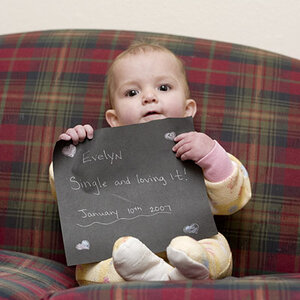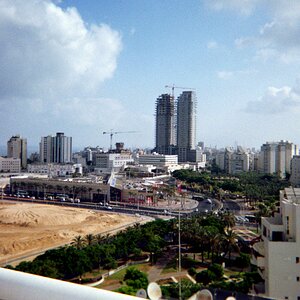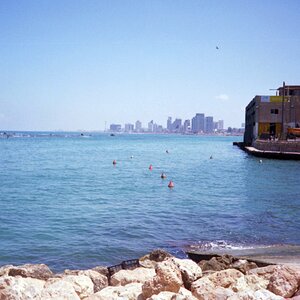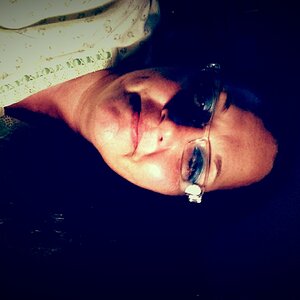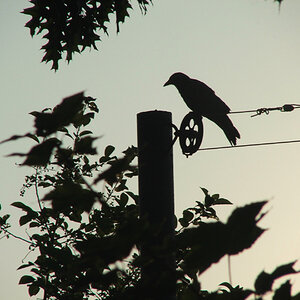benlonghair
TPF Noob!
- Joined
- Jun 1, 2009
- Messages
- 1,072
- Reaction score
- 0
- Location
- Woodstock, CT
- Can others edit my Photos
- Photos OK to edit
Hi all. Back from winter hibernation.
Being an online gamer, I decided to treat myself to a new monitor for my birthday in March. A 22" widescreen was just what the doctor ordered for gaming.
Apparently not so much for photography. The first thing I really ran into so far this spring that excited me to shoot was this cool double rainbow about a week ago. The results:

D60 | 48mm | f/16 | 1/125 | ISO 400 (Click to see full size on Flickr)
Guess I need to re-edit and wing it brighter. Need to invest in a calibrator before spending more money on lenses and such.
Being an online gamer, I decided to treat myself to a new monitor for my birthday in March. A 22" widescreen was just what the doctor ordered for gaming.
Apparently not so much for photography. The first thing I really ran into so far this spring that excited me to shoot was this cool double rainbow about a week ago. The results:

D60 | 48mm | f/16 | 1/125 | ISO 400 (Click to see full size on Flickr)
Guess I need to re-edit and wing it brighter. Need to invest in a calibrator before spending more money on lenses and such.


